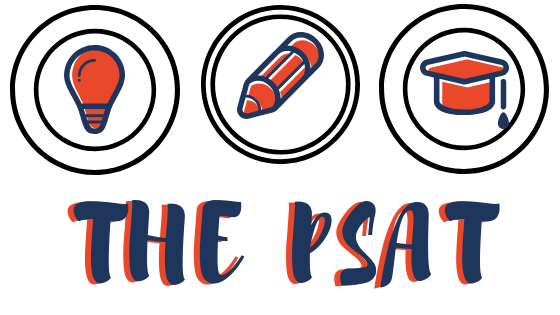All About the PSAT
Time to dust off those test taking skills and get ready to fill in those bubbles

Graphic by Melina Tripoli
October 4, 2018
It’s that time of year again; the PSAT test is here and the Pre-ACT is coming up. Every junior is in line, signing up for the chance to take the practice test before it is time for the real thing.
Depending on their goals, some students treat the PSAT merely as practice, while others take it very seriously in hopes of qualifying for the National Merit Scholarship.
Each year, out of approximately 1.4 million juniors, 50,000 students qualify for National Merit recognition based on a high PSAT score. About 34,000 of them will receive Letters of Commendation, which does not include the scholarship money but looks good on a college application. The remaining 16,000 students (who are the top 99th percent in their state) will become semifinalists. Out of those 16,000 students, around only half of them will win scholarships.
“It’s not about the present,” junior David Ban said. “It’s more for the future. I want to be part of National Merit, but the PSAT is also a step I need to take in order to achieve higher goals.”
Yet for some students, the PSAT is little more than practice.
“We don’t need the PSAT for college,” said a junior who asked not to be identified, “and the chance to win a scholarship is slim.”
Whatever their approach to studying, the test is on everyone’s mind.
Recently, the College Board announced that students who take the PSAT on Saturdays can no longer take home their booklets after the test. In years past, Saturday students were allowed to take the questions home to study hard topics or questions that they might have guessed on. Starting this year, though, students can only take the test booklet home if they take the test during school.
In response to the College Board’s move, NASH will adminster the test on Wednesday, October 10. Seniors will be able to stay home for an extra two hours. But for juniors who are registered, the 10th will be another early wake-up call.












